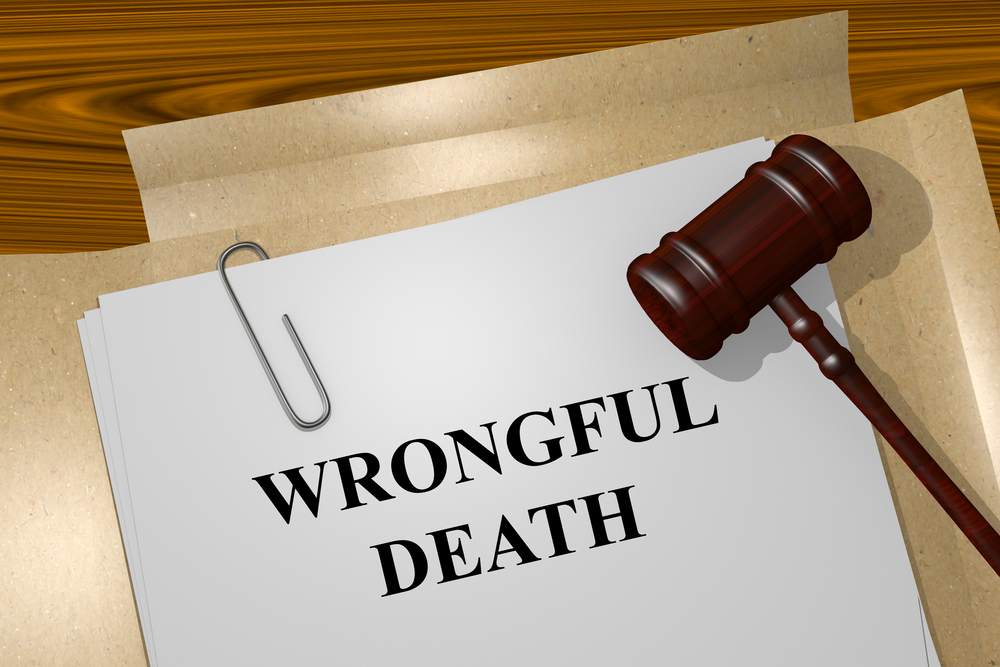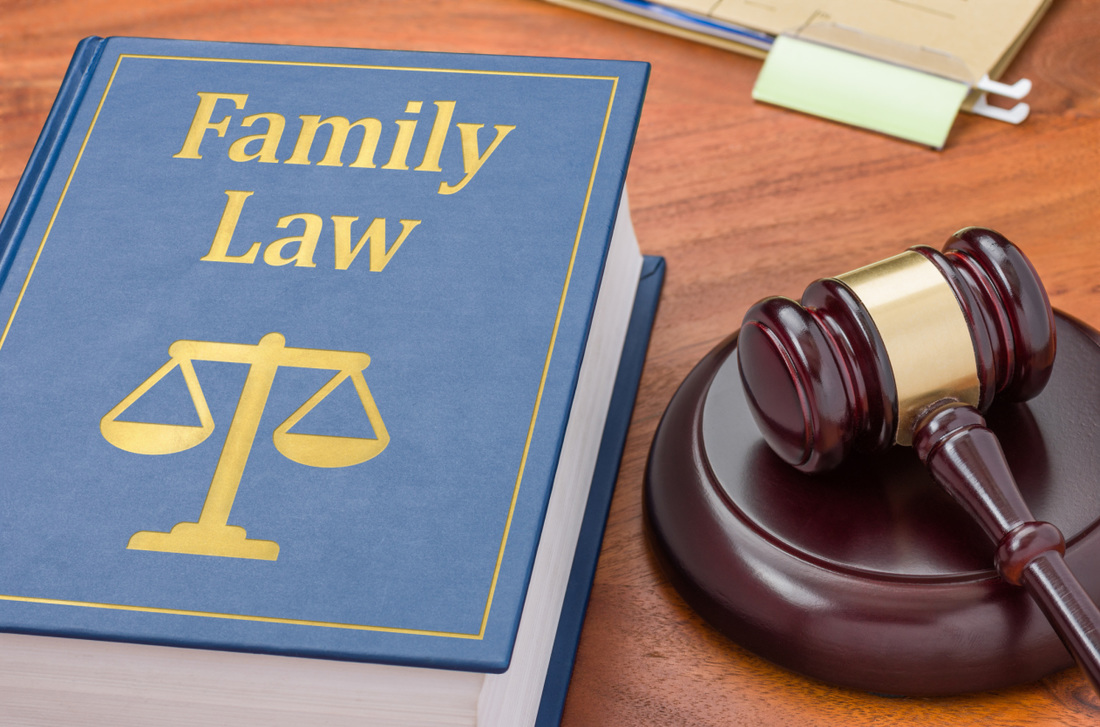How To Consolidate Debt
October 26, 2020Have you got too many sources of debt and it’s getting to be a little overwhelming? This can be a crippling issue, and many people are in the same exact boat. Many people wonder how to consolidate debt so they can cut down on how many payments they have to make a month. Consolidating debt doesn’t only cut down how many companies you’re indebted to, but can also potentially lower your monthly payment simultaneously.
The Types of Debt Consolidation.
As with most things, there is more than one way to go about consolidating your debt. Each comes with its own pros and cons, and some methods rely on what assets you have. The most popular two ways are taking out a personal loan and getting a transfer card. Both of these methods are offered by various financial institutions, and if you don’t have a 401k or a home these will likely be your best bet.
Consolidating Using Personal Loans.
Using personal loans to consolidate your debt is a viable option. It has a lower credit score requirement than using a transfer card, so if you have bad credit this will more than likely be the approach you’ll have to take. If you’ve only had credit cards it can help with your credit mix, and will typically raise your credit by lowering the credit limit that you’re using.
This method does, unfortunately, come with a few drawbacks. Some of these personal loans have a prepayment penalty, so you can’t make payments before it’s scheduled. These loans can also have high-interest rates, so you could end up paying a lot of fees on this approach. Late payments on these personal loans can also end up hurting your credit, as well as if you use your newly available credit.
The Transfer Card Approach.
Transfer cards are a great option if you have the credit for it. They typically have lower interest rates for a set time, flexible payments, and no prepayment penalties. You can pay off a transfer card as quickly as you like, it’s incentivized to pay it off quickly.
If you don’t pay off your transfer card before the lower interest rate period is over, you risk having to pay higher interest rates than you originally anticipated. A transfer card can also negatively impact your credit because of high credit utilization.
Other Options to Consolidate your Debt.
If you have the assets, there are other options available for you. 401k loans don’t appear on your credit score, so you can safely take out a loan of this type without dropping your credit score. You could also get a home equity loan if you have equity on a house to borrow against. This method does require a credit check, but it is a viable option to go about consolidating your debt assuming that you have the required assets. Worse comes to worst, you could meet up with a credit counselor to help you come up with a debt management plan that works best for you. These are trained professions, and it is typically something that you have to pay for, if you’re in dire straits and need a professional to help you it may be a good idea to seek out a consultation.
Consolidating your Debt can be easy.
“Where there’s a will, there’s a way.” as they say. If you’re drowning in debt and the monthly payments to numerous sources are getting overwhelming, it may be a good time to look into debt consolidation. Many people already have, and they breathe a little easier knowing that their monthly payment only needs to be made to one source.














